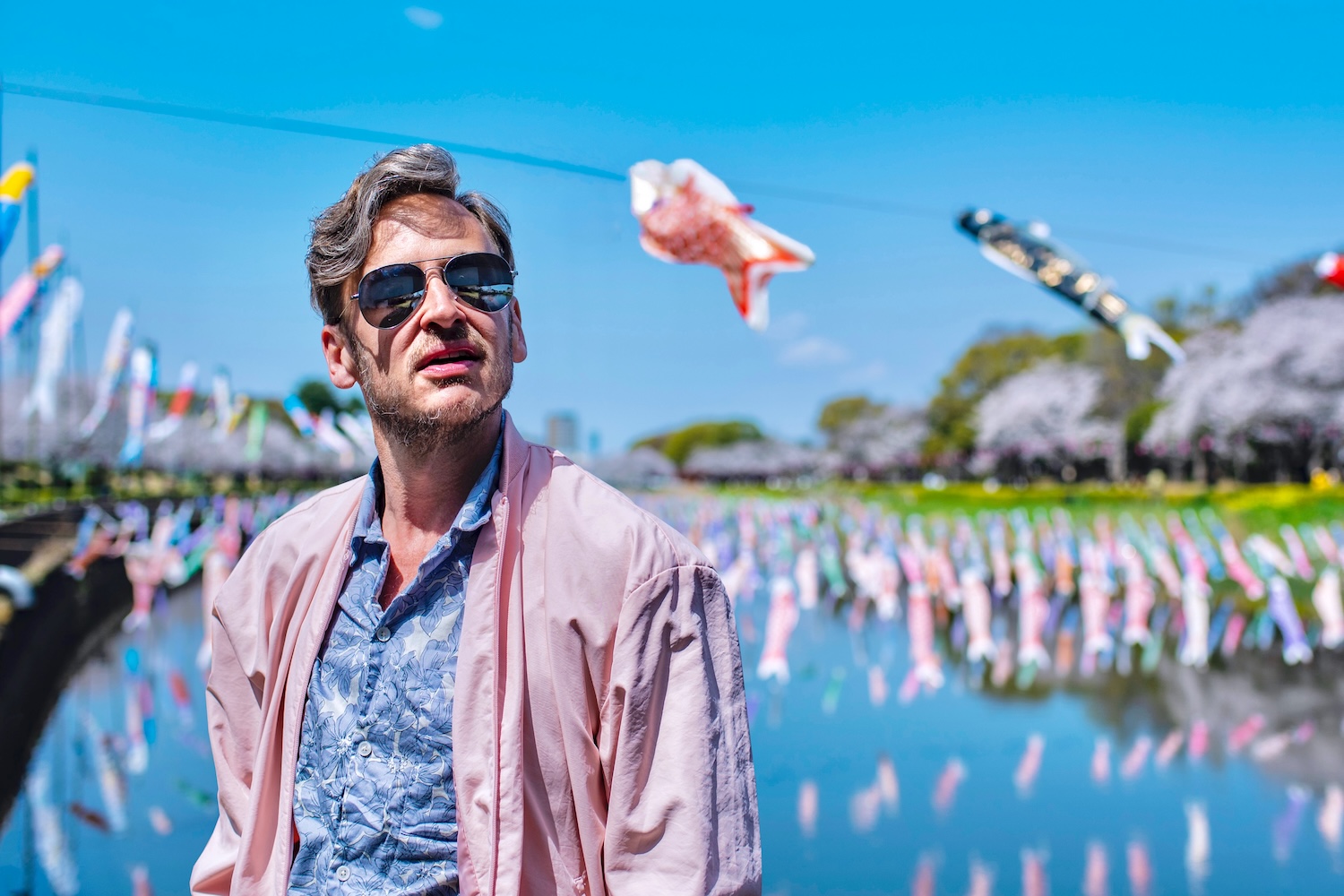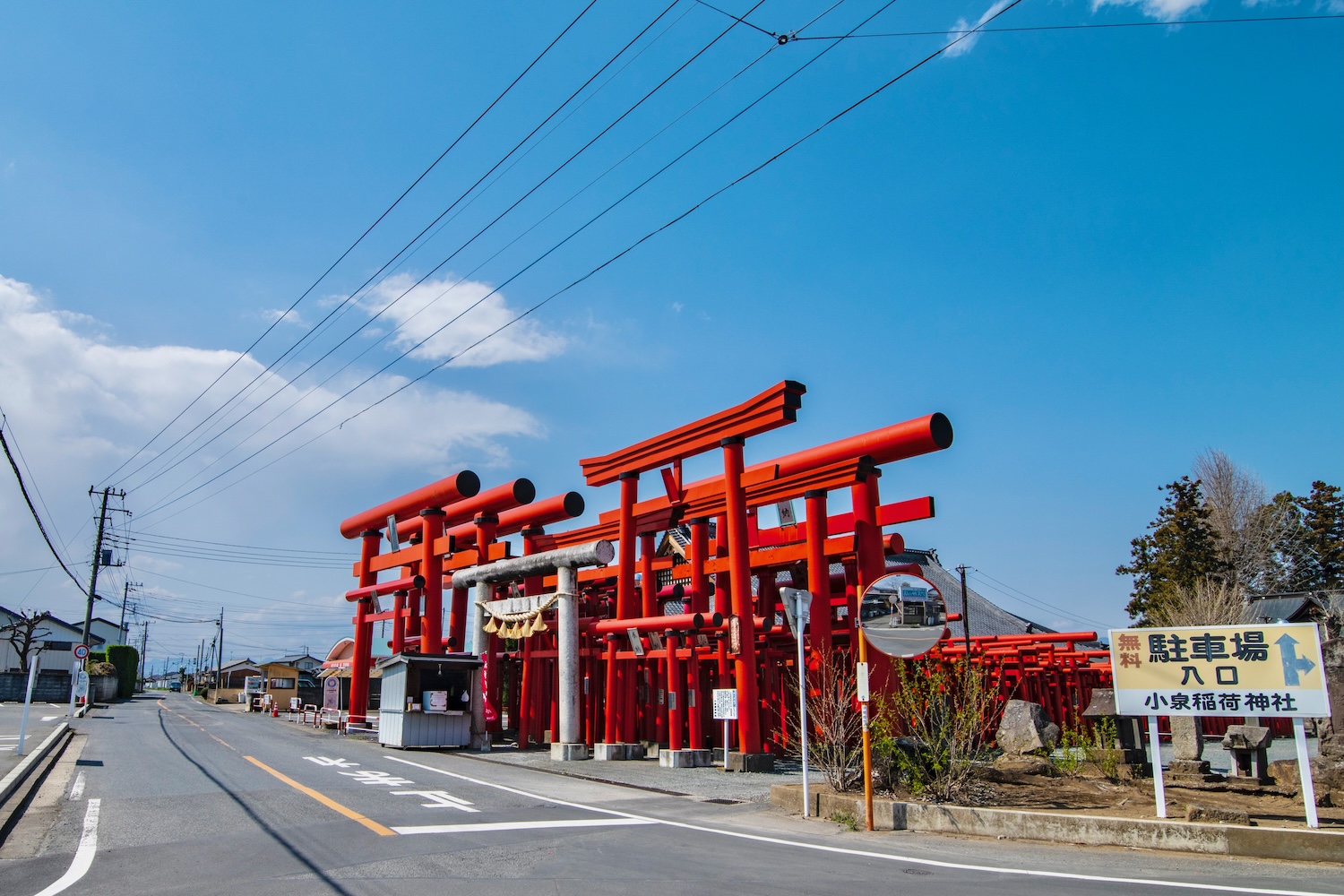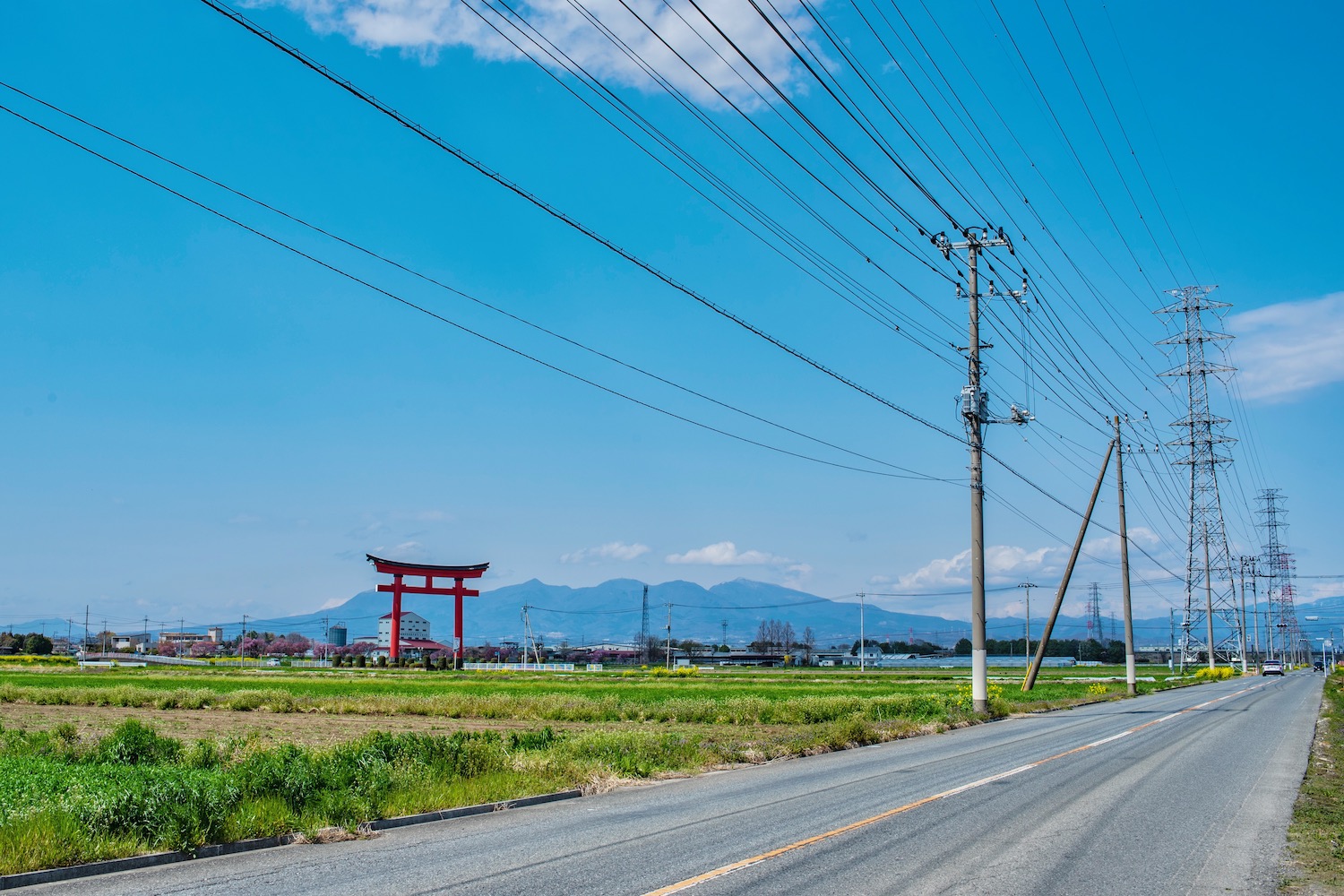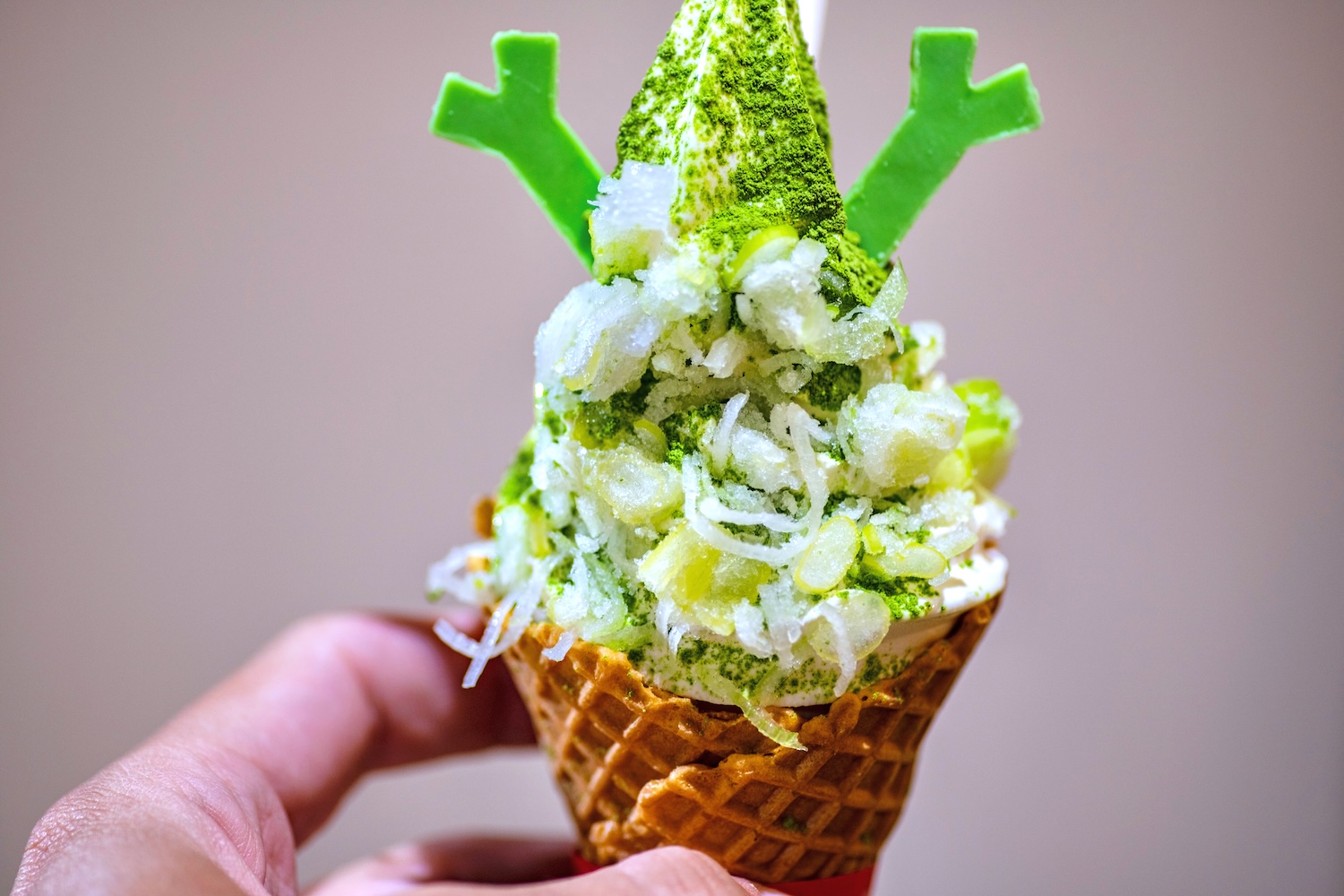Tatebayashi is the most hidden sort of hidden gem in Japan. For starters, it’s located in Gunma, one of the most off-the-beaten-path of Japan’s 47 prefectures.
Even within Gunma-ken, it’s obscure. Whether via rental car or public transport, it’s at least an hour away from major cities like Takasaki and Maebashi, which are themselves relatively minor nodes on Japan’s train system. Then, of course, there’s the question of what to do there.
The good news? I’ll be helping you out with things to do in Tatebayashi over the next few minutes. The better news? I’ll be sharing even more insights beyond that.
How to Get to Tatebayashi
I’m not going to bother giving an overview of Tatebayashi hotels—they exist, of course, but they aren’t relevant in most cases. That’s because Tatebayashi, by and large, is a day trip destination. If you’re staying in the larger Gunma cities of Maebashi or Takasaki, you may want to rent a car in order to reach Tatebayashi (and other destinations in the prefecture). You can also come here directly from Tokyo: The Tobu Railway connects Tatebayashi Station directly to Asakusa Station.
Whether or not you stay the night, spending some time on the Joe Fortune website can be a fulfilling way to enhance your trip to Tatebayashi. Log on after you’ve walked under cherry blossoms over the Tsuruda River or enjoyed leek ice cream at Michi-no-eki Okabe. Or, try your luck with one of your favorite games (be those table games like Blackjack, or innovative new ones like Lobster House) before you head off to Tatebayashi, to begin your trip with good fortune.
My Favorite Things to Do in Tatebayashi
Tsuruda River and Tsutsujigaoka Park

These two destinations are close to one another, which is why I list them together. They’re also complimentary: If you are too late to visit the Tsuruda River when its sakura tunnel is in full bloom (usually around the second week of April), you can instead go to Tsutsujigaoka Park, whose namesake azaleas (tsutsuji) will almost certainly be blooming.
Koizumi Inari Shrine

Want to add a less seasonal place to your Tatebayashi itinerary? Head instead to Koizumi Inari Shrine, whose vermillion gates (which are not unlike those of Kyoto’s Fushimi Inari) are resplendent any day of the year. Do note that in order to get here, you will almost certainly need to rent your own car.
Ghibli-style inaka scenes

Another example of what to do in Tatebayashi, whether or not you’re in time for the cherry blossoms or azaleas, is one that’s also best experienced for tourists who plan to travel. I’m talking, of course, about driving through the various inaka (countryside) scenes in this largely rural city. They often evoke the works of Studio Ghibli (and other anime).
Ashikaga Flower Park

Although it’s technically in Tochigi prefecture and not within the city limits of Tatebayashi, I consider Ashikaga Flower Park to be a complementary destination nonetheless. Like destinations in central Tatebayashi, it’s seasonal, being most impressive in late April or early May when its fuji (wisteria) vines reach full bloom.
Okabe Roadside Station

Likewise, while officially in Saitama prefecture, the Michi-no-eki (roadside station) at Okabe pairs well with all the Tatebayashi attractions I’ve listed here, and is again most applicable if you’re driving. In addition to the fresh local produce sold here in bulk, you can enjoy soft cream topped with—stay with me—leeks. Trust me, it’s better than it sounds!
Other Things to Do in Gunma Prefecture
As I’ve written about elsewhere on this site, Gunma is an off-the-radar prefecture that, like Tatebayashi more specifically, punches way above its weight:
- Gunma is a hub for hot springs, including Takaragawa Onsen (which I consider the best hot springs hotel in all of Japan) and quirky Kusatsu Onsen.
- The cities of Maebashi and Takasaki are home to a fair number of attractions, including the Byakue Dai-kannon statue, which offers a sprawling view of the whole urban agglomeration.
- As its name suggests, Shorinzan Daruma-ji is a temple that is home to many daruma figurines, and may even have been the origin of them.
As you can see, it’s really less of a question how many days in Tatebayashi you spend, and how long you devote to Gunma-ken more broadly.
Other FAQ About Visiting Tatebayashi
Is Tatebayashi worth visiting?
Tatebayashi is definitely worth visiting if you plan to be in the vicinity, particularly if you can visit between about April 1-May 1, when sakura, azaleas and wisteria (in that order) will bloom. I’m on the fence as to whether it’s worth a day trip all the way from Tokyo—that sort of depends upon your interests.
What is there to do in Tatebayashi?
If you love spring flowers, Tatebayashi and its immediate vicinity are for you. See cherry blossoms over the Tsuruda River, azaleas at Tsutsujigaoka Park or wisteria at Ashikaga Flower Park. The rural scenes around the city are also replete with flowers and greenery, almost looking like something out of Studio Ghibli.
When is the best time to visit Tatebayashi?
I personally recommend visiting Tatebayashi between about April 1-May 1, when seasonal flowers (first cherry blossoms; then azaleas; then wisteria) bloom at various attractions around the area. However, you can make the most of a trip here 365 days per year.
The Bottom Line
Simply having a list of things to do in Tatebayashi is not necessarily enough to plan your entire trip. Thankfully, I provide a lot of other insights here, from how to get there, to what else to do in Gunma prefecture (since you’re going to have to make the journey up here—and off Japan’s beaten path—anyway. I also shed light on the fact that while you can come here at any time of year, the window between early April (when the sakura bloom) and May 1 (i.e. wisteria season) is really your best bet. Need personalized help planning your trip to Tatebayashi, and anywhere else in Japan you want to go? Commission a custom Japan itinerary today!






